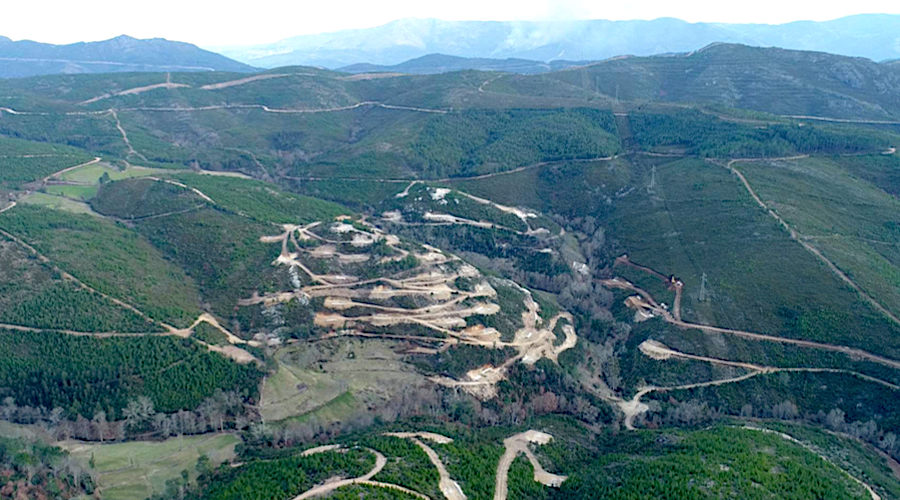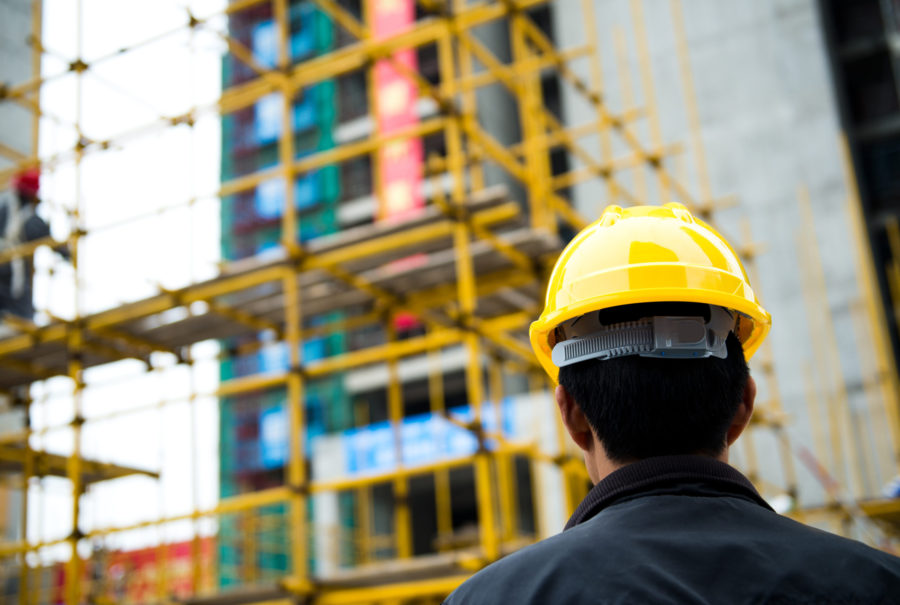Portugal gives environmental green light for Savannah’s lithium mine

Mining company Savannah Resources said on Wednesday Portuguese authorities had approved its environmental impact assessment (EIA) for what could become Western Europe’s largest lithium mine, calling the step a “major milestone” for the project.
London-based Savannah received preliminary approval for the EIA for its Barroso open-pit mine from Portugal’s APA environment regulator in 2021, but had to make changes demanded by the authority and resubmitted it earlier this year.
APA had 50 business days to review it and issue a decision, known as a DIA.
In a statement, APA said it had given the company a “favourable” DIA but there were a wide range of measures Savannah had to comply with, such as limiting the removal of vegetation from the project area, not taking water from a nearby river and carrying out landscaping once extraction has ended.
APA said the project must also include a “socio-economic compensation package”, such as royalties to the municipality where the mine is set to be located.
“This represents a major milestone for the project,” Savannah said in a statement, adding it had agreed with the conditions associated with the DIA.
Portugal is Europe’s biggest lithium producer, but its miners sell almost exclusively to the ceramics industry and are only now preparing to produce the higher-grade lithium that is used in electric cars and to power electronic appliances.
Savannah has said its mine could be at the centre of Europe’s lithium value chain.
However, lithium projects in Portugal face strong opposition from environmentalists and local communities, who are demanding stronger regulation and more transparency.
Barroso, a world heritage site for agriculture, is one of many lithium-rich areas in northern Portugal and Savannah already mines feldspar, quartz and pegmatites in the mountainous region.
A positive DIA allows the company to progress to the next stages of the process, including the publication of a new scoping study and a social impact assessment, Savannah said.
The company expects the remaining steps of the environmental licensing process to take nine-12 months to complete. It hopes to receive its final environmental licence in 2024.
(By Catarina Demony; Editing by Helen Popper and Mark Potter)
{{ commodity.name }}
{{ post.title }}
{{ post.date }}

Comments